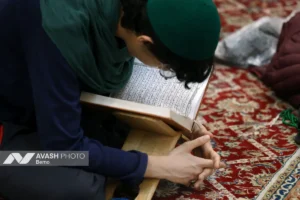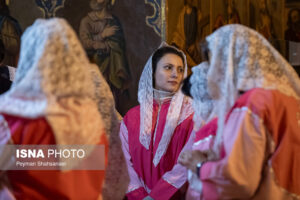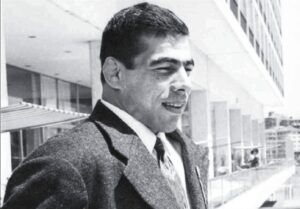Ata Hasanpour announced today (Sunday) in an interview with the media the start of archaeological excavations at the Falak-ol-Aflak mound in Khorramabad in cooperation with the Islamic Revolutionary Guard Corps (IRGC), stating that the aim of these excavations is to publish scientific studies and complete the dossier for the global registration of the Khorramabad Valley.
He added that following the global registration of the Khorramabad Valley, by order of the governor a task force was formed with the goal of resolving issues arising after registration. This working group, consisting of managers, elites, and experts, is responsible for planning tourism and the protection of this world heritage site.
The Director General of Lorestan’s Cultural Heritage Organization, noting that the Falak-ol-Aflak mound was left out of the global registration of the Khorramabad Valley due to the scale of required archaeological excavations, said: UNESCO has made the global registration of this site conditional on the completion of excavations and the publication of scientific studies.
Regarding the situation of the Khorramabad Valley after global registration, Hasanpour stated: At present, activities are underway in the field of infrastructure and access routes to the caves that were inscribed on the World Heritage List, and the completion of the Falak-ol-Aflak Archaeological Museum is also on the agenda.
He explained that the archaeological excavations at the Falak-ol-Aflak mound began last Tuesday under the supervision of Dr. Hamzeh Ghobadi, adding: UNESCO had previously announced that the Falak-ol-Aflak mound has the necessary potential for global registration, but this must be proven through continued excavations and the publication of reports in reputable scientific journals.
Referring to the cooperation of the Hazrat Abolfazl (AS) Corps of Lorestan in this project, the Director General said: The Falak-ol-Aflak complex lies within the IRGC’s area, and with the help and support of this institution, especially the provincial commander, the archaeological team has been stationed at the mound.
Hasanpour stated that the excavations will continue for three weeks, and the results, once completed, will be published in reputable scientific journals and sent to UNESCO.







